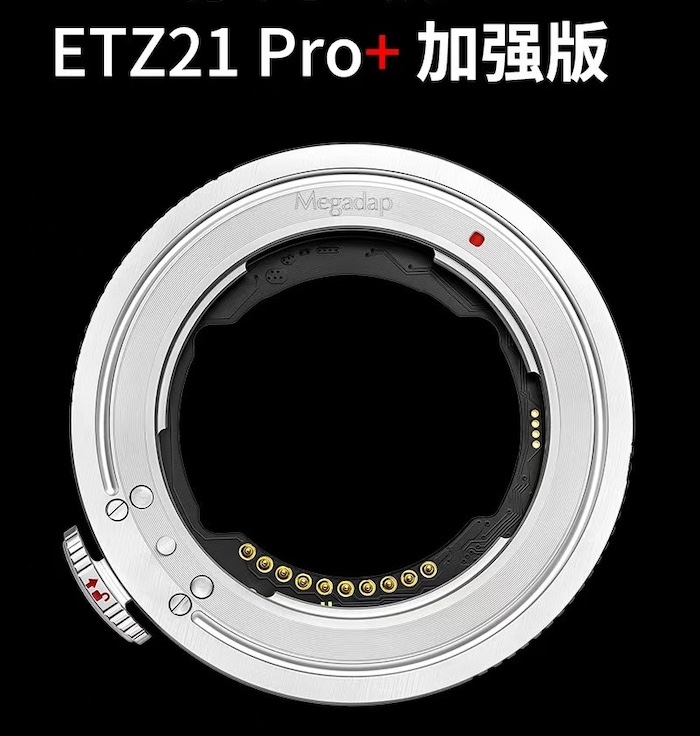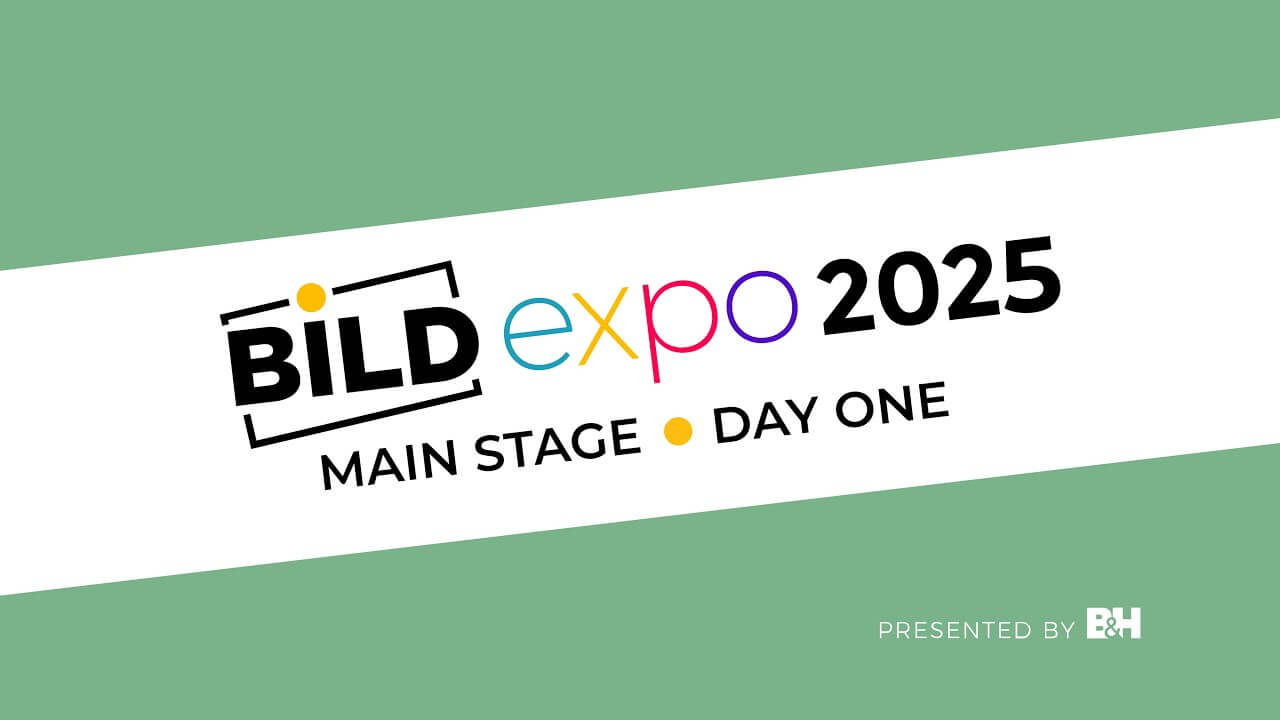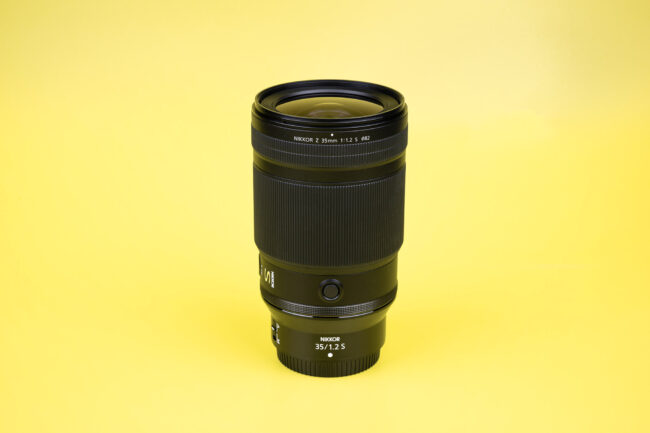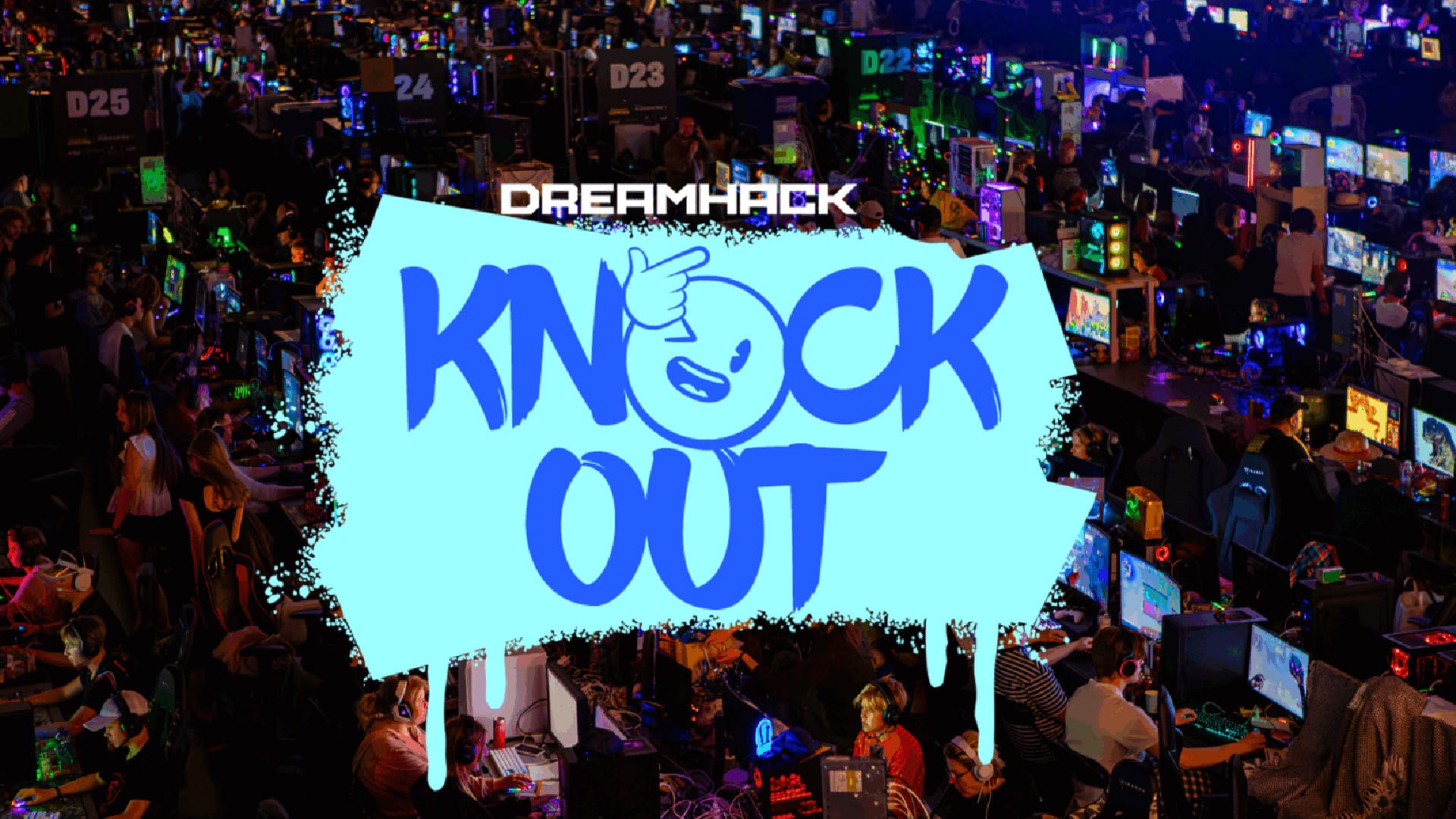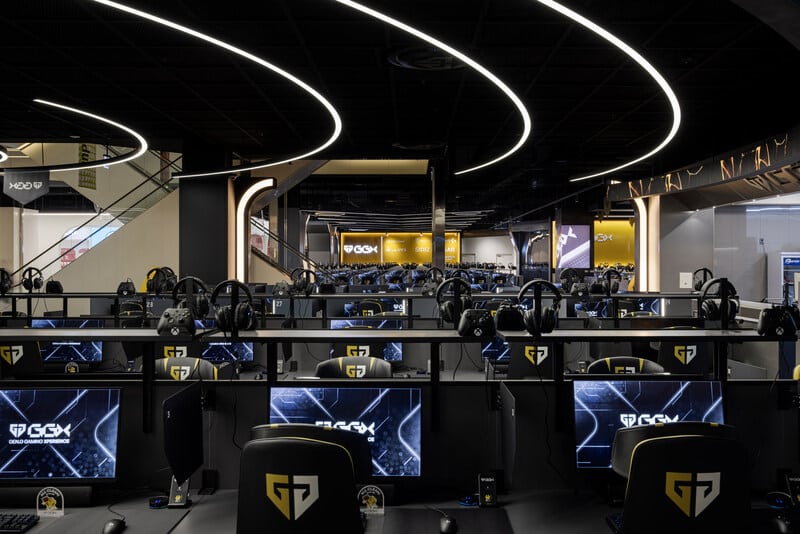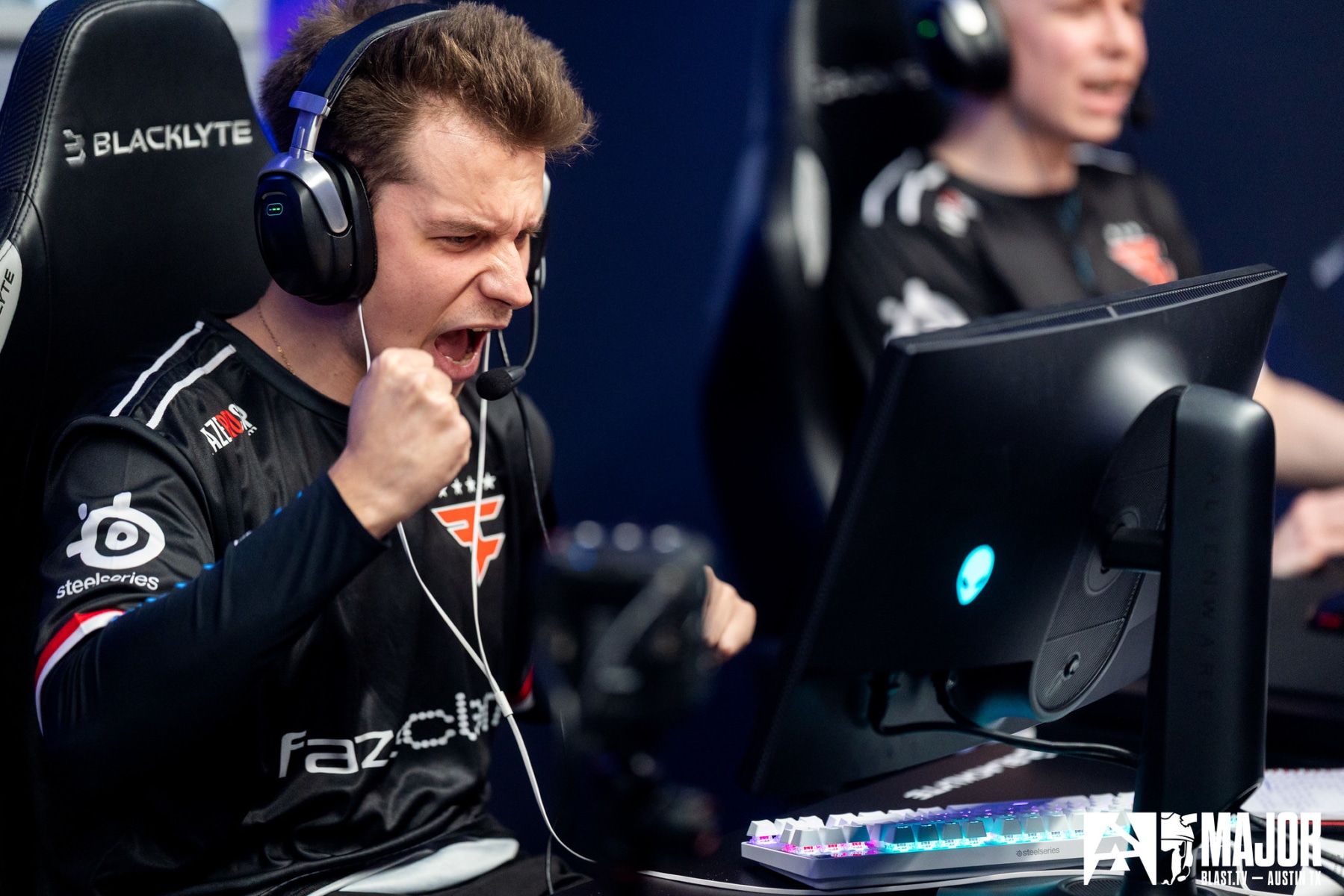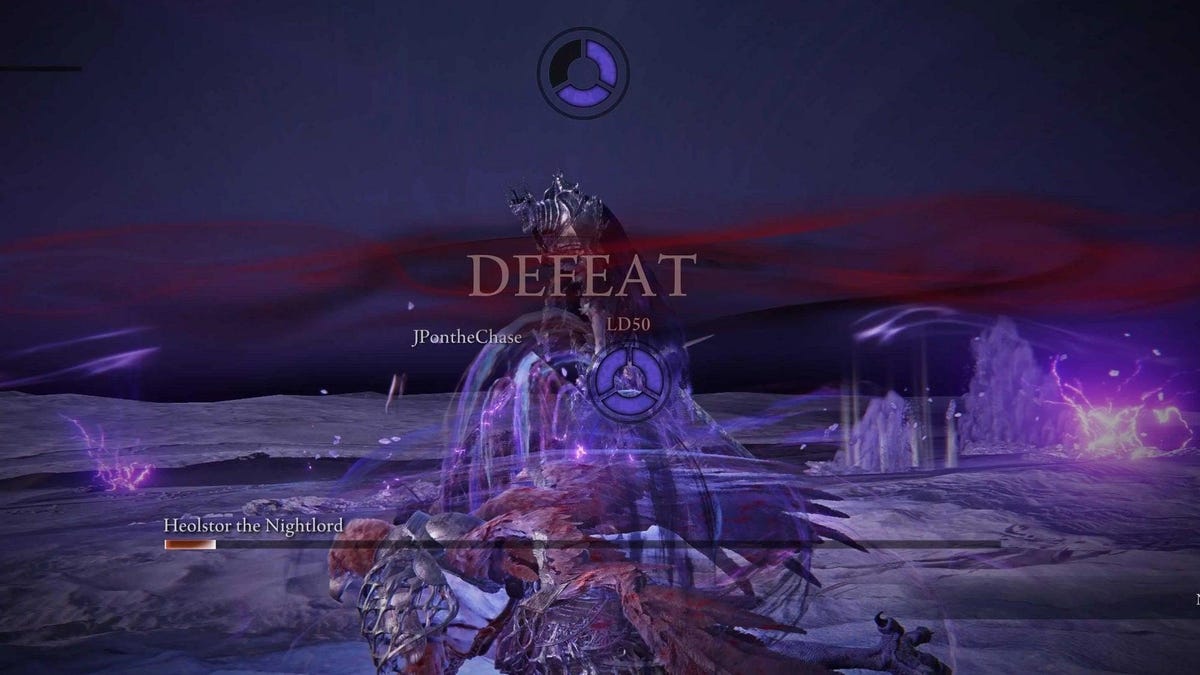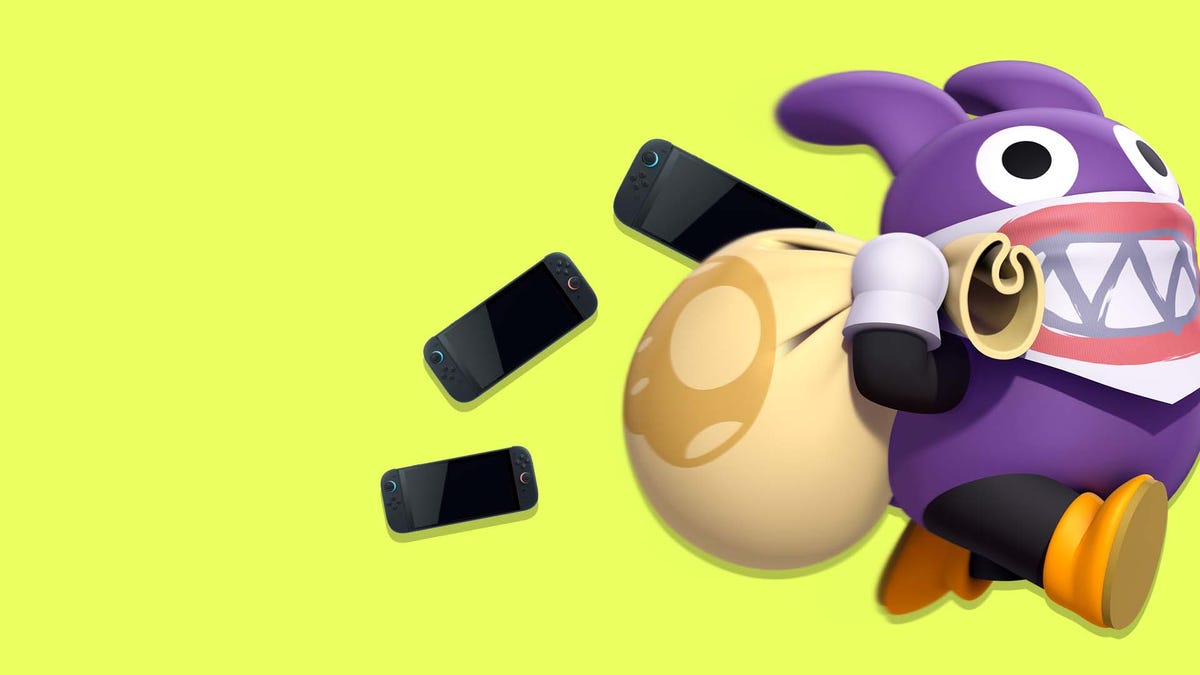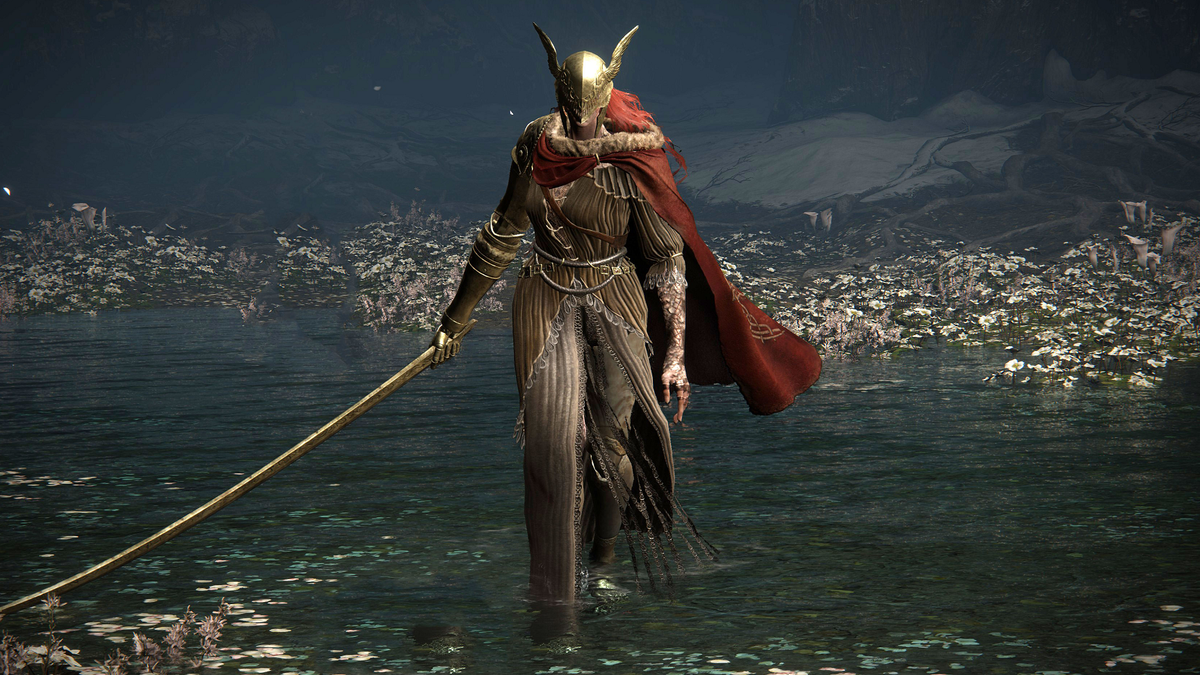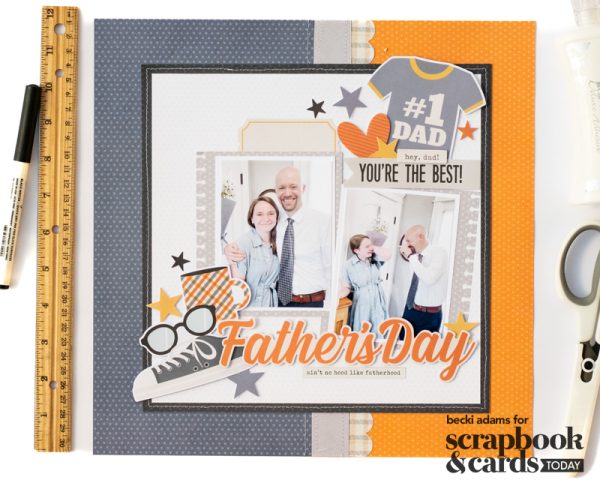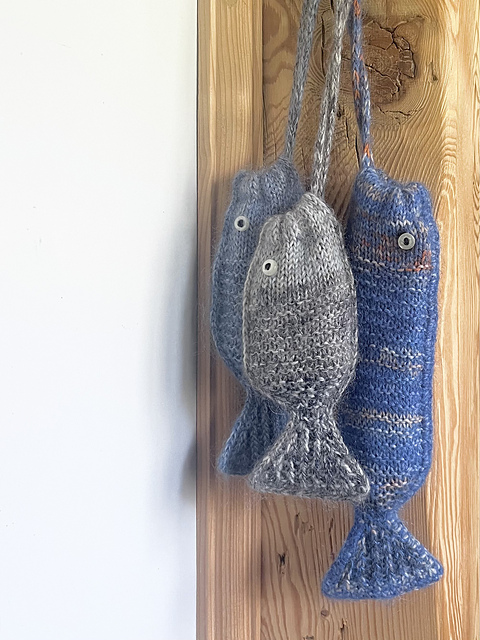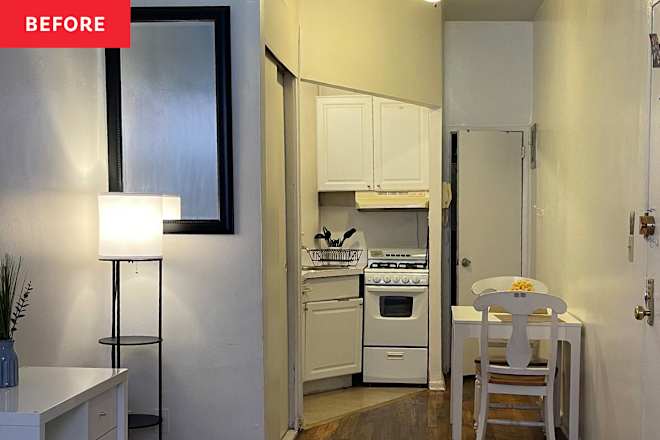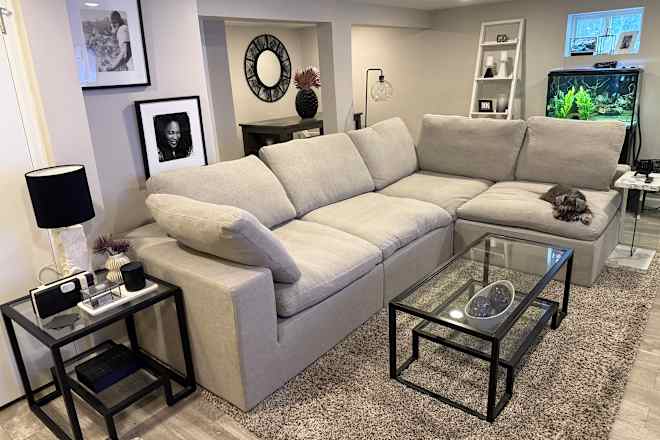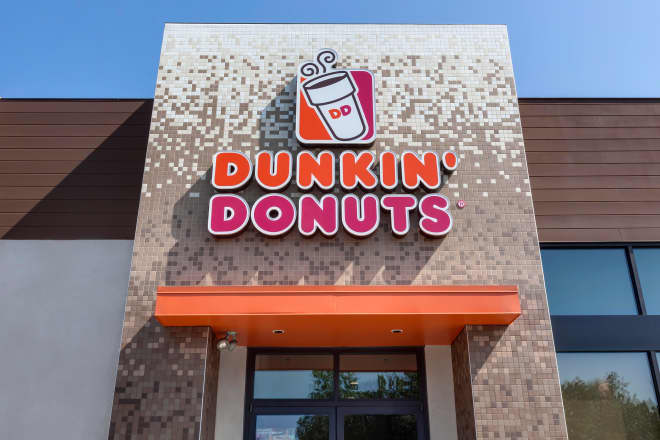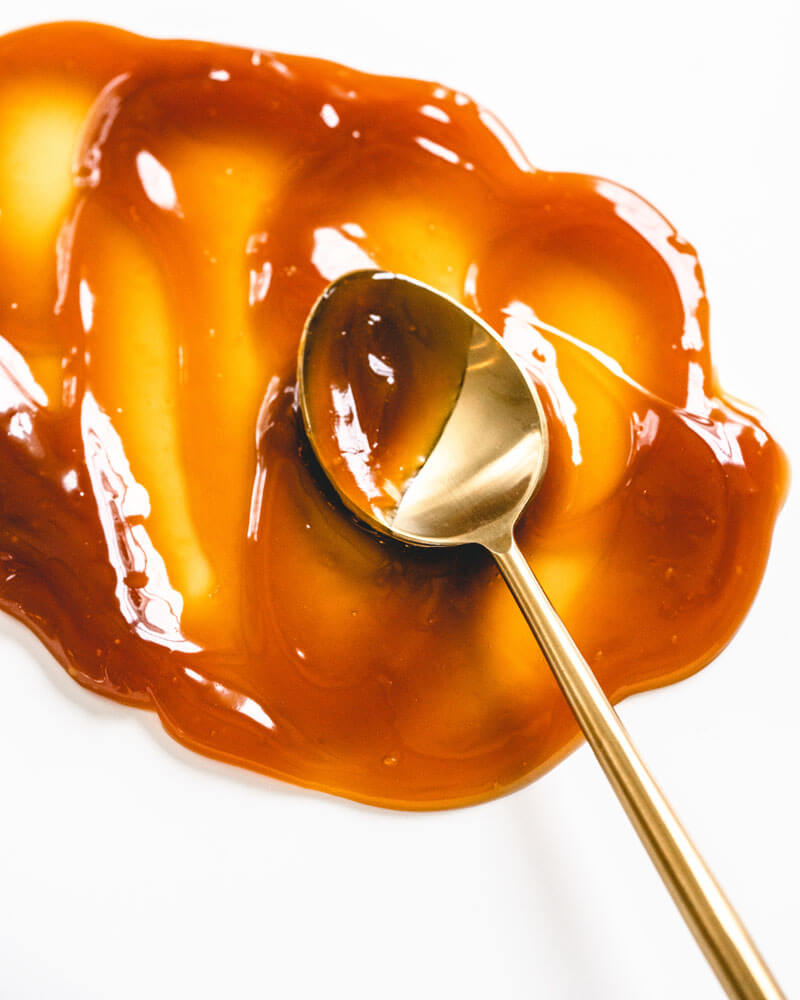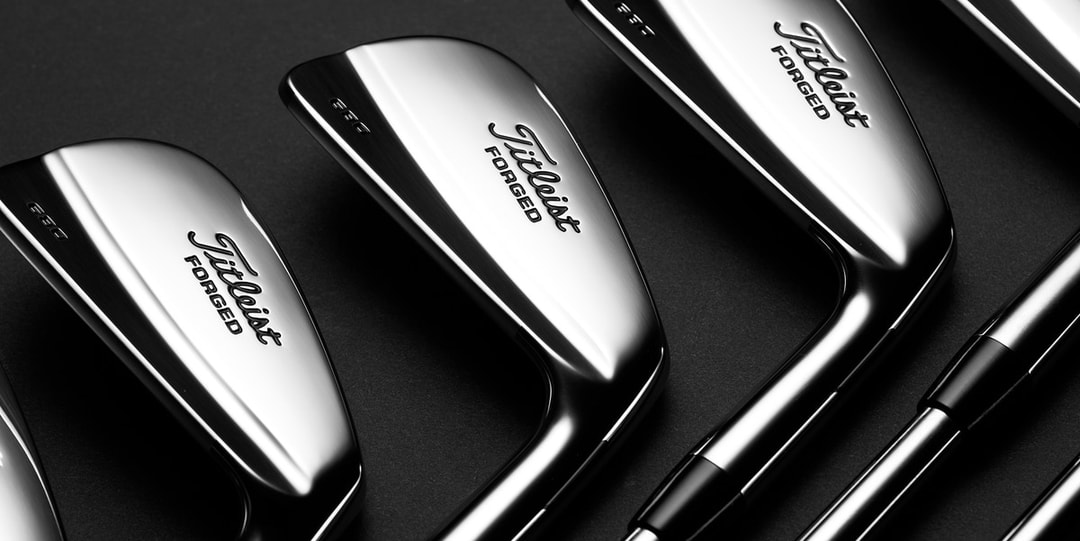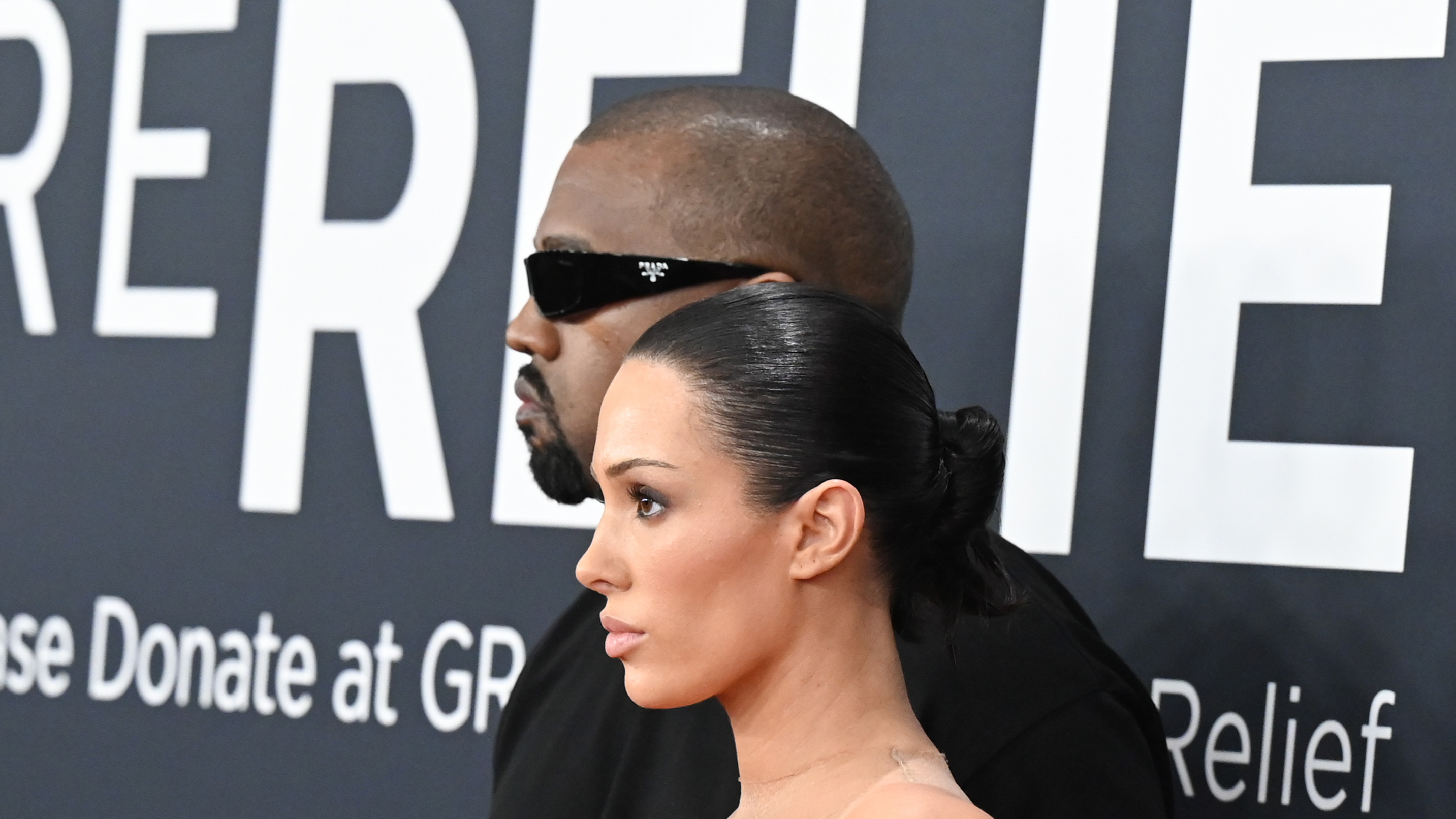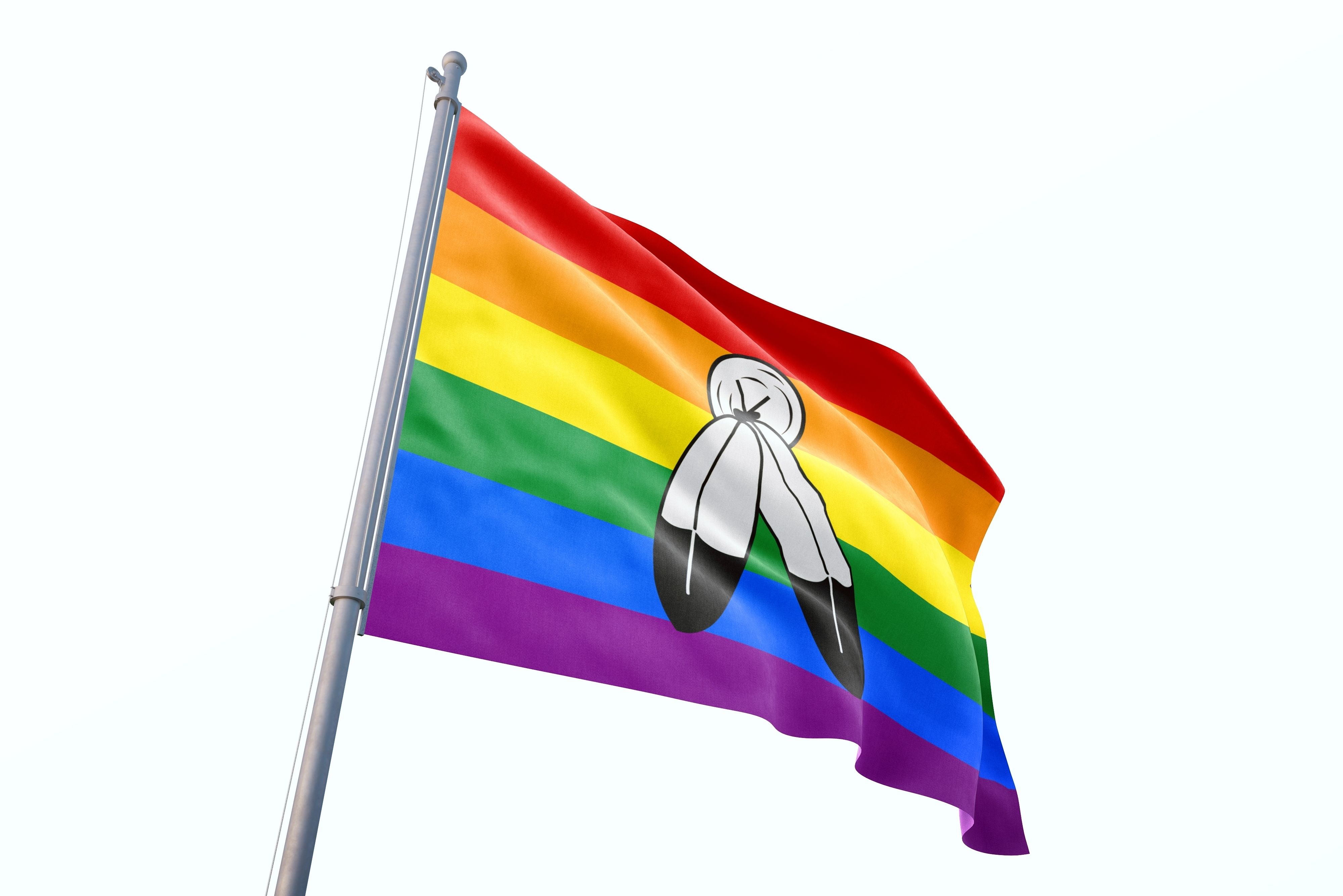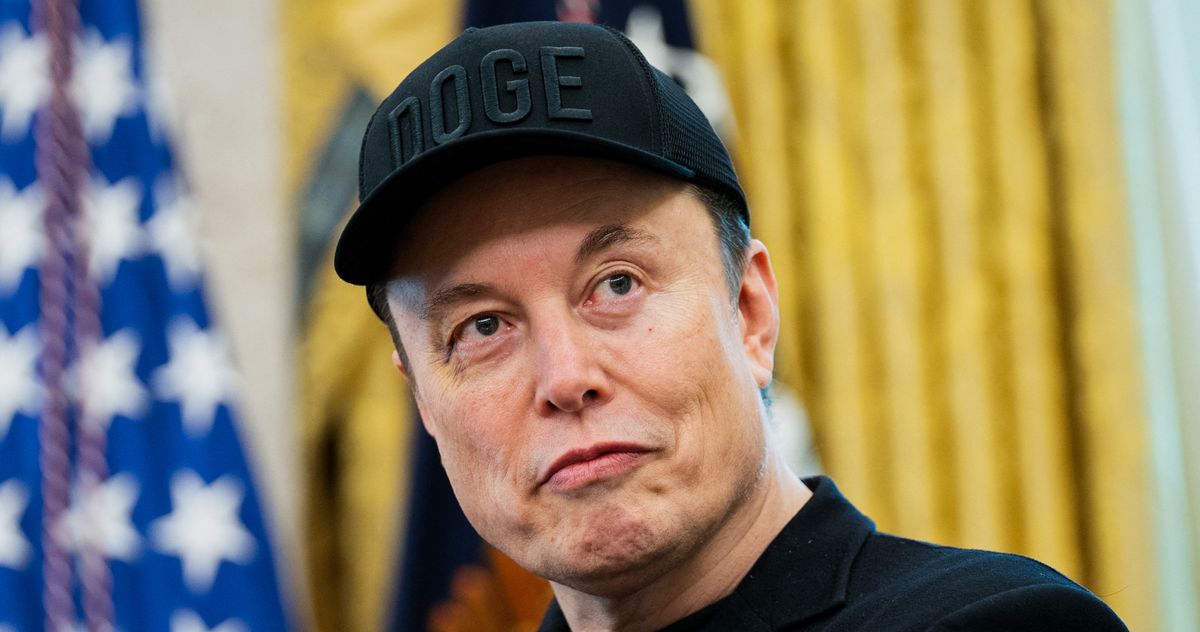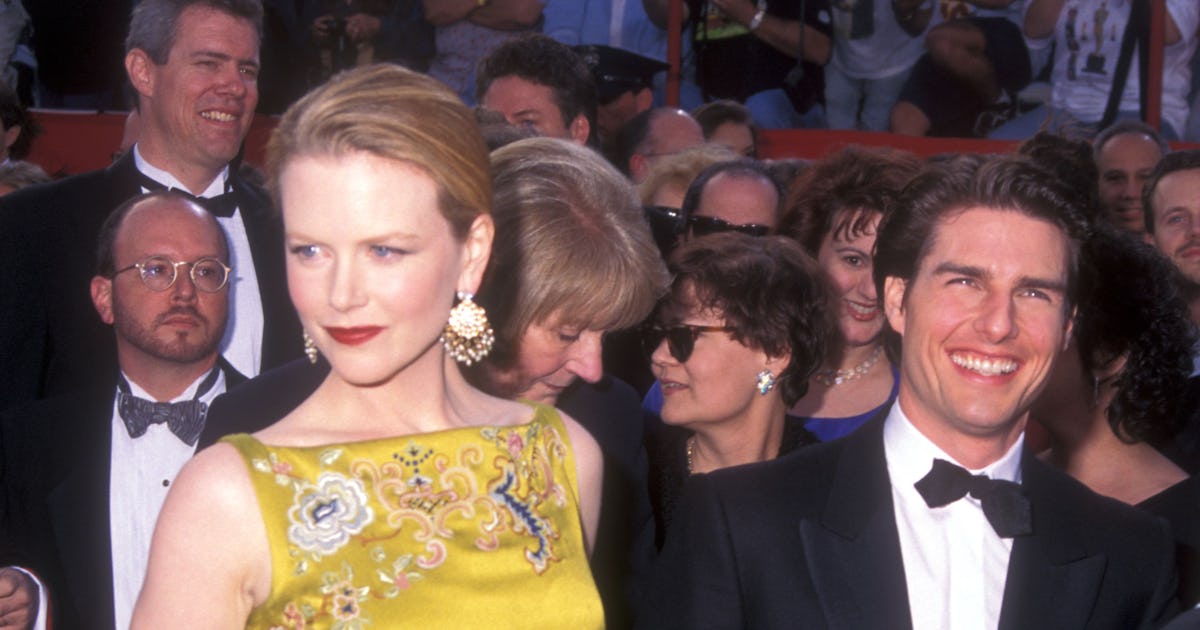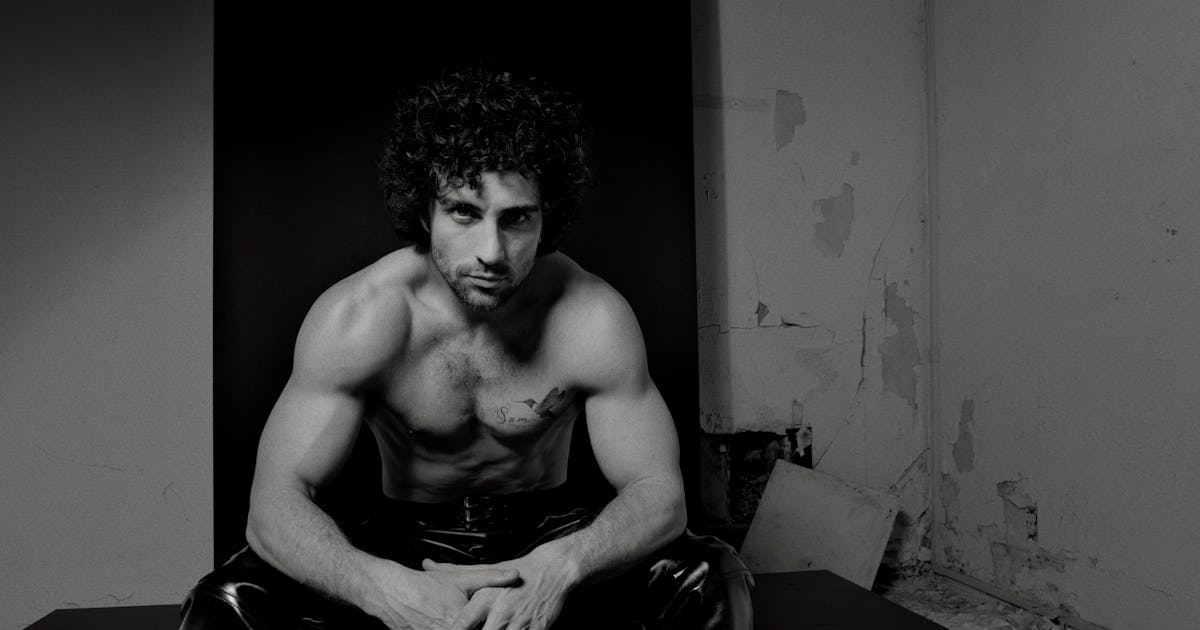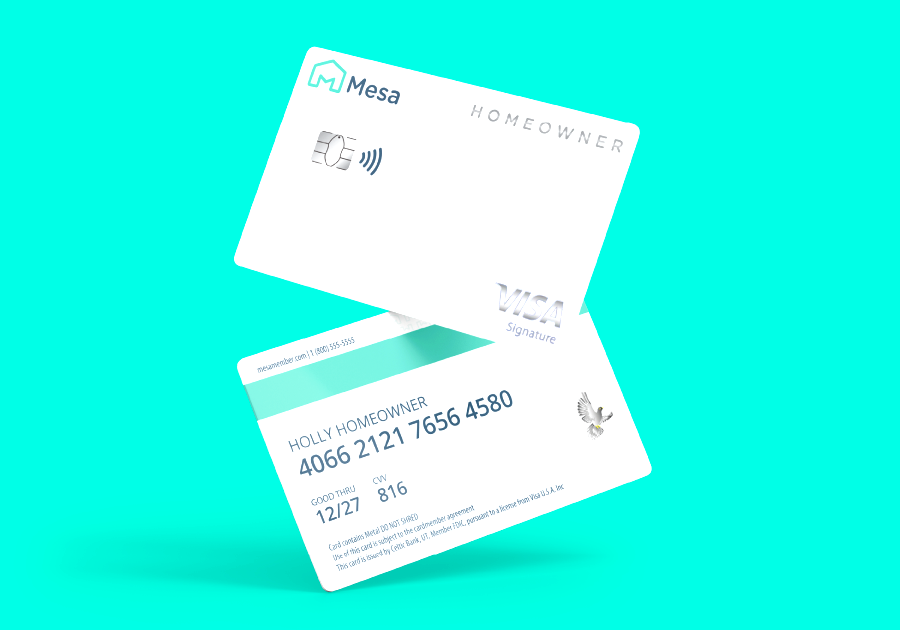Nintendo Switch 2 Review
A vital but unexciting upgrade to an already great console.


Over the last eight years, the Nintendo Switch has become one of the most successful and influential consoles of all time, confidently securing a place in my regular gaming rotation on the couch while simultaneously becoming a handheld staple of my train commutes and trips abroad alike. But over that same time, its aging innards have become steadily more distracting. That’s why it’s such a relief that the Nintendo Switch 2 has magnetically snapped into our hands at long last, giving games the Switch was struggling to run a shot in the arm and opening the door for a whole new generation of third-party support. At the same time, apart from a creative new mouse control option that works better than it is comfortable to actually use, this sequel system doesn’t provide many of its own novel reasons to upgrade at the moment beyond bringing its out-of-date predecessor into the modern age – and it’s charging a substantial premium ($449) in order to do that.
Let’s start with the basics: From the outside, the Switch 2 looks almost identical to a slightly scaled-up version of Nintendo’s original handheld/console hybrid system (roughly 13% bigger, 10.7 inches across with both Joy-Con controllers attached), but a whole lot of smart tweaks make it a much more refined device – although many of these were carried over from the Switch OLED model. That includes a new kickstand that’s far more robust and versatile, as well as system buttons that are just a bit sleeker. However, there are also welcome additions unique to this device like a second USB port on top so you can finally charge while playing in tabletop mode (anyone who has taken their Switch 1 on a long flight knows how huge of an improvement this is) or plug in certain peripherals like the official camera while docked, as well as a very comfortable 256GB of base internal storage so you don’t immediately have to buy a MicroSD Express card to expand it.
The biggest change to the body of the Switch 2, of course, is the new magnetic attachment system for its updated Joy-Con. This replacement for the original’s slide-on rails is genuinely fantastic, letting you satisfyingly snap them on and off with ease while feeling entirely sturdy and secure when you want them to be. (You can pull them off without pressing the release button if you really want to, but it's almost definitely not going to happen by accident.) In a similar way to how Tears of the Kingdom somehow made Breath of the Wild feel small, it’s the type of upgrade that makes something I previously loved suddenly seem like a first draft that’s a little awkward to go back to.
We’ve now covered pretty much all the major physical differences between the two systems, however, which I do think represents a missed opportunity. Most notably, it’s disappointing that the Joy-Con themselves didn’t get a more ergonomic redesign. As much as I really love the convenience and flexibility of being able to use them attached to the screen, detached to play games with my arms relaxed at my sides, individually for simple multiplayer games, or snapped onto the included grip to form something closer to a conventional gamepad, these controllers are far from the most comfortable around. They are still missing analog triggers, and the button layout has always been cramped and misaligned, but their size increase hasn’t been taken advantage of to make any of that better. In fact, it sort of makes things worse in handheld mode, as the larger device and heavier weight (1.18 pounds with the Joy-Con attached, compared to the original’s 0.88) adds just a little more strain over time. It’s not much worse if you are already used to a Switch 1, but after using the substantially more ergonomic Steam Deck (which is 0.29 pounds heavier) for the past three years, the reused design of these small, flat controllers now sticks out like a sore thumb – quite literally sometimes.
Of course, the new Joy-Con do have one exceptionally cool trick up their sleeve: Pop one off and turn it on its side (with the connecting edge down) and you get quick access to an impressively precise mouse control option as you slide it around your coffee table or couch cushion. Simply put, this works well enough to be every bit the game-changer I was hoping it might be… with a couple of major caveats. The good news here is that this mouse option really, truly gets the job done – it’s not going to rival the precision of a high-quality PC gaming setup or anything, but it’s more than accurate enough for your average player, and blows the lid off what kinds of games can be conveniently played at your couch or on the go.
The first time I plopped onto my sofa, propped my Switch 2 on my legs, and then popped off the right Joy-Con and started casually playing Civilization 7 with all the precision of sitting at my desk, something clicked. That same feeling came back when I set my Switch 2 up on a table at an outdoor coffee shop and played Cyberpunk 2077 with the wide arm of a wooden recliner chair as my mousepad. Those weren’t perfect experiences – Civ has an issue where it would occasionally misunderstand my inputs and swap to a different control mode when I clicked, and Cyberpunk’s button mapping demands a little bit too much of your right thumb (which I go into more detail about here). But those felt more like software and implementation problems rather than the fault of the tech itself, and these native mouse controls still stand out to me as the killer feature that sets the Switch 2 apart from any other gaming system available today.
So, what’s the catch? Well, much like using a single sideways Joy-Con on its own, it feels as though Nintendo designed the shape of this controller with the assumption that nobody would ever actually use it this way for longer than the minigames in Nintendo Switch 2 Welcome Tour demand, and in doing so ensured few would ever want to. Mice are shaped the way they are for a good reason, supporting your hand in specific spots and reducing strain wherever they can – and the ergonomics of how your arm is positioned while sitting are important for that as well. In contrast, the Joy-Con 2 is a candy bar with triggers used in whatever position provides a flat enough surface, and there isn’t really a comfortable way to hold it that stays comfortable over long sessions.
When I played Cyberpunk 2077 with The Switch 2’s mouse controls for more than two hours in a row, I could still feel the strain in my hand the next day. Playing Civ for just 45 minutes while reclined on my couch inflamed a tendonitis issue in my forearm (which had been gone for three years) so badly that the pain actually woke me up that night. I even resorted to 3D printing a mouse-shaped Joy-Con shell to ease the hand strain, which did help (and it’s truly crazy Nintendo doesn’t have an official accessory like this available already), but that doesn’t do anything to solve the ergonomics of how you have to hold your arm – especially if you are playing with the mouse on your thigh as Nintendo over-ambitiously recommends.
The end result is an extremely innovative idea that I am as excited about as I am apprehensive to use more. Mouse controls work just fine in short bursts or to navigate menus, but are so uncomfortable in most practical scenarios that I doubt I’ll look to play any large games this way for prolonged sessions. It’s hard to imagine sitting down with Borderlands 4 later this year, for example, and playing an entire FPS campaign like this, which is a true shame. (And if you’re left-handed, you better hope the developer of whatever game you’re playing included an option to flip the controls – Civ and the Switch 2’s menus do, but Cyberpunk 2077 seemingly does not, and there doesn’t appear to be anything built in at the system level to account for this.) That said, if Nintendo were to make an official wireless Mouse-Con or snap-on accessory with all the buttons that are needed and a physical shape that wouldn’t hurt my hand to hold I would pick it up in a heartbeat, so the potential for this control method to be truly great is here.
It’s worth noting that certain games like Cyberpunk 2077 do have out-of-the-box support for a regular USB mouse – and even keyboard! – to be plugged into the dock, turning the Switch 2 into something that could function more like an ultra-portable gaming PC. (Although, notably, that doesn’t currently work in system menus.) That lack of limitation is really great to see, and I hope more games that are also available on PC make use of that potential going forward. I initially thought this might also mean I could plug in a mouse and use that as a more comfortable FPS option in Cyberpunk, but you can’t just use the mouse to replace the right Joy-Con and still use the left for movement without the UI swapping rapidly between the two input methods, and you can’t rebind any of the additional buttons your mouse might have to replace the controller buttons you’ve lost, so it’s not really a full-time solution. It’s all mouse and keyboard or all Joy-Con.
Moving from the Joy-Con to the screen nestled between them, the LCD touch display of the Switch 2 is a pretty big upgrade over the base Switch, and sort of a sidegrade compared to its OLED update that makes up for a lack of vividness with more pixels and frames per second. The jump from a 720p resolution to 1080p is a big one, and the doubled 120fps cap is some very welcome icing on that cake whenever a game can take advantage of it (though currently that’s reserved to only a minigame or two in Welcome Tour). Those improvements shouldn’t be understated, but the move back to LCD does mean the screen doesn’t perform quite as well outdoors and on the go compared to an OLED Switch. It’s still a good looking screen with pretty solid speakers to accompany it, and I was able to play Mario Kart on a sunny day in the park with no visibility problems, but a darker game like Cyberpunk 2077 was basically impossible to make out at times. All in all, it feels like a bit of a wash depending on your play habits and priorities, but since we’ve been forced to choose, I'm personally happy with the resolution and framerate bump.
Thankfully, that upped output isn’t isolated to handheld mode. In addition to finally having an integrated ethernet port (another perk that was on the OLED version first), the redesigned dock allows the Switch 2 to display beautiful 4K with HDR and higher framerates (up to 120 FPS at 1440p on compatible games). That’s thanks in part to a built-in fan and a thoughtful eye toward cooling in general, letting the Switch 2 pump out more power without overheating. Apparently it really needs that, too, because it could get pretty hot to the touch whenever I was playing games in 4K, even something innocuous like Welcome Tour – never to the point where it caused problems or threatened to burn my hands, but at least to a degree that surprised me given how consistently cool it stays while handheld.
This is where we start to peek inside the system, because the Switch 2’s ability to run games like Tears of the Kingdom with improved resolution and zero lag is probably its biggest selling point for anybody who had been feeling the Switch 1’s age more and more each day as we all cried out for the “Switch Pro” that never came. If you’ve only ever gamed on the original Switch in the last eight years, the upgrade being offered here is substantial – the free updates and paid Switch 2 Editions that have been released for many existing games make them look better, load a whole lot faster, and run the way it feels like they were always meant to. That backward-compatibility support is truly great to see when the Switch has so many still-awesome bangers in its library, and especially when Mario Kart World is the sole significant launch game.
It’s also easy to see how much of a jump has been made here when you compare the games of one developer, CD Projekt Red. The version of The Witcher 3 that came to Switch 1 was almost a novelty, with muddy graphics and a passable framerate that made it seem like a marvel it was able to run at all. Cyberpunk 2077, on the other hand, runs more than respectably on Switch 2 – it’s not on par with other modern platforms or anything, but it’s far more than a consolation prize, and a totally fine way to play an excellent RPG if you haven’t otherwise had the opportunity. The Switch 2 is never going to threaten the PlayStation 5 Pro in terms of raw power, but it’s a whole new world as far as third-party support is concerned. Hopefully it will be a little while before major third-party games start skipping Nintendo’s platform again (because if it has to run on the Xbox Series S anyway, it could probably be made to run here, too).
That said, if you have gamed on devices besides the Switch 1 since 2017, the technical upgrade here is not exactly what I would call exciting in the larger scheme of things. The Switch 2 is Nintendo playing catch-up, and things like HDR and 4K haven’t been thrilling new features for over half a decade. They are great to finally have, don’t get me wrong, and games on the Switch 2 no longer feel stranded on a console that was underpowered even when it first came out. And yet, there’s a part of me that worries we’ll be right back to begging for a Switch 2 Pro when the PlayStation 6 inevitably arrives in a few years time, because this one still hasn’t fully closed the gap with the consoles that launched back in 2020. (I mean, Microsoft announced it is working with AMD on the next Xbox console generation literally as I was writing this.)
Of course, Nintendo has always been more focused on doing a lot with a little in that regard, and that has largely worked to its benefit – the newest Pokemon games were certainly struggling on the 2017 hardware, and have received a big boost here, but it’s hard to argue Breath of the Wild doesn’t still look fantastic today even running at 720p and 30 frames per second (on a good day) thanks to its outstanding art direction. The same can be said for console-defining games like Super Mario Odyssey, Super Mario Bros. Wonder, and Mario Kart 8 Deluxe, among others. Even just playing catch-up is a big deal because any caveats that accompanied those already amazing games have now vanished. I don’t mean to undersell how great it is to feel like the training wheels have finally come off.
But that’s part of my point: This does not feel like a whole new bike. You could say that it’s not supposed to, given this is the first time Nintendo has ever put a 2 at the end of a piece of hardware’s name. But, functionally speaking, the Switch 2 feels closer to that mid-generation "Pro” update we never got than a brand-new console, and the gap is even smaller if you are only making the jump from an OLED Switch. And, yes, that was similarly true of the PlayStation 5 and Series X when they launched – I even wrote a whole article at the time about how generational leaps were going to stop being as jaw-dropping as we were used to. But for those systems, their top-of-the-line graphics power was at least somewhat novel on its own when it came to features like ray tracing, which is not the case here unless the Switch 1 is all you know. (Not even in the context of handheld gaming, given the rise of portable PCs like the Steam Deck in recent years.)
Instead, the “big” additions are things like GameChat, which is basically Nintendo’s own version of Discord with a dedicated button on the right Joy-Con to open it – and while it’s certainly a neat way to connect with friends and share your screen (at a comically low framerate), it’s also so hilariously overdue that IGN literally named a podcast Nintendo Voice Chat 17 years ago as a goof because it’s, to quote the 2008 announcement article, “the only place you'll find reliable voice support and "Nintendo" in the same area.” That joke could almost vote before it stopped being true. Meanwhile, Nintendo still isn’t interested in letting us customize the home screen (or even rearrange our game icons), still won’t support most media apps beyond YouTube (and some Switch 1 options like Hulu and CrunchyRoll no longer work at all on Switch 2), and still uses an obnoxious friend code system that’s a hassle next to all the other major platforms. There’s at least a welcome redesign of the eShop, which was painfully slow on the original Switch, but the system menus and interfaces are otherwise close to identical.
This kind of incremental system upgrade isn’t necessarily a bad thing in a vacuum, but it stands out to me when this console is also a whopping $449 compared to the original Switch’s $299 despite having slightly worse battery life in handheld mode – when playing big games like Mario Kart World, Cyberpunk 2077, or Civilization 7 on the go, I’ve yet to make it far past the two-and-a-half hour mark without having to plug in. Pair that with only a single launch exclusive worth playing and, apart from revisiting games I’ve already beaten at a resolution and framerate I’ve been used to seeing elsewhere for a half decade, there’s just not much that’s got me actively excited to play my Switch 2 at the moment. That will surely change when the phenomenal looking Donkey Kong Bananza and other new games start to arrive in the coming months, but for now this launch feels a little subdued.





































